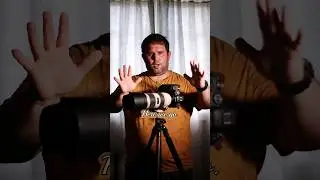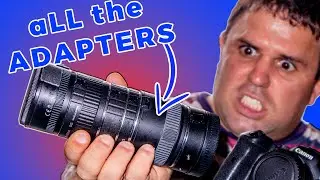Lens for Milky Way Photography [BUY GUIDE] - Amateur - Pro - Advance
If you read my comments replies I say a lot “You have a good camera, but what makes it great is the lens”. To photograph the Milky Way isn’t much different.
You have to think in long term and ask the following 4 questions: What’s your budget? Do I want to go Pro? Is my objective to become a professional or advanced photographer? Will I change the camera system or sensor size in the future? Will I use this lens for other types of photography?
I’m going to exemplify 3 different types of photographers:
1st Example: Amateur, just for fun, with no intention of becoming an advanced photographer. Lens budget of 200$ dollars. Uses Canon M100 with no intention of replacing or change the camera system. Also will use the lens to make some landscape.
2nd Example: Amateur, that wants to go pro in the future, using a Nikon D5600. Lens budget of 500 dollars. Also will use the lens to make some landscape.
3rd Example: Pro Photographer, using a Canon R6. Lens budget of 1000 dollars, Also will use the lens for urban landscape and video.
In all astrophotography, we are battling to achieve as much as possible of photons or light reaching the sensor camera. So… Aperture is very important
Next is the Field of view: not as important as Aperture but in general important as well. The field of view is closely related to the well-known 500 rule and NPF rule, that I talked about in this video. But basically, these rules can determine that the wider is your lens more time you can use your exposure, without having star trails, or motion blur by the rotation of the Earth. And the milky way is very big, and long so a wide-angle lens it will be, the better.
Let’s choose some lenses! Now, these are just to show my thoughts, only as a reference/guide, and you have to adapt for your needs, like camera, budget, etc, okay? With this, you have to watch some reviews, take special attention to lens fringing, vignetting, and lens distortion. Let me know what you will choose in the comments and why!
My Site: http://migueldesa.me
My Instagram: / miguel.angelo.sa
My Facebook: / migueldesacinematographer
My Twitter: / migueldesa0031
00:00 Prelude
00:56 4 Questions that help chose a Lens
01:28 The Aperture for Milky Way photography
02:18 Field of View for Milky Way photography
04:02 Star Tracker note
04:50 Electronics and Auto features
05:24 What to check before buying a lens
06:00 3 Photographers Examples - Amateur - Advanced - Pro
07:37 Amateur: a lens for Milky Way photography
14:08 Advanced: a lens for Milky Way photography
22:19 bye!
Amazon...
The products in the video, Amazon affiliate links:
My Camera Used to film this episode SONY FDRAX53:
US: https://amzn.to/2XJBgxR // FR: https://amzn.to/2G9yJqQ // UK: https://amzn.to/2XHI4MA // IT: https://amzn.to/2xItB8q //ES: https://amzn.to/2NSgWea
Canon EOS R6
US:https://amzn.to/3lmARNO // FR:https://amzn.to/2VxZwVf // UK:https://amzn.to/2KUuPaB // IT:https://amzn.to/37oL7zY // ES:https://amzn.to/39uF1AI
The K&F Concept TM2534T Aluminium Tripod:
US: https://amzn.to/3o0TWaJ // FR: https://amzn.to/31m3mno // UK: https://amzn.to/355VlUO // IT: https://amzn.to/3lWUs7Q //ES: https://amzn.to/2IHUlie








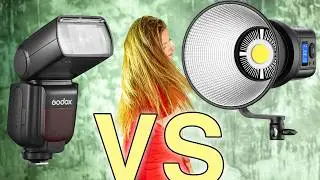
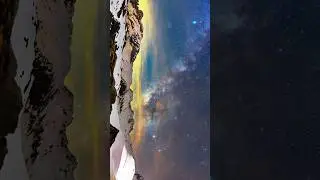


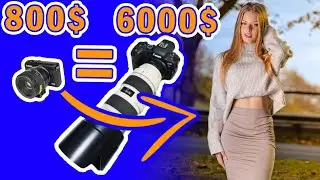










![TELESIN Dome Port vs. GoPro Screen: Revealing the Reflection? [Review]](https://images.videosashka.com/watch/PI7XLOVr0IU)



